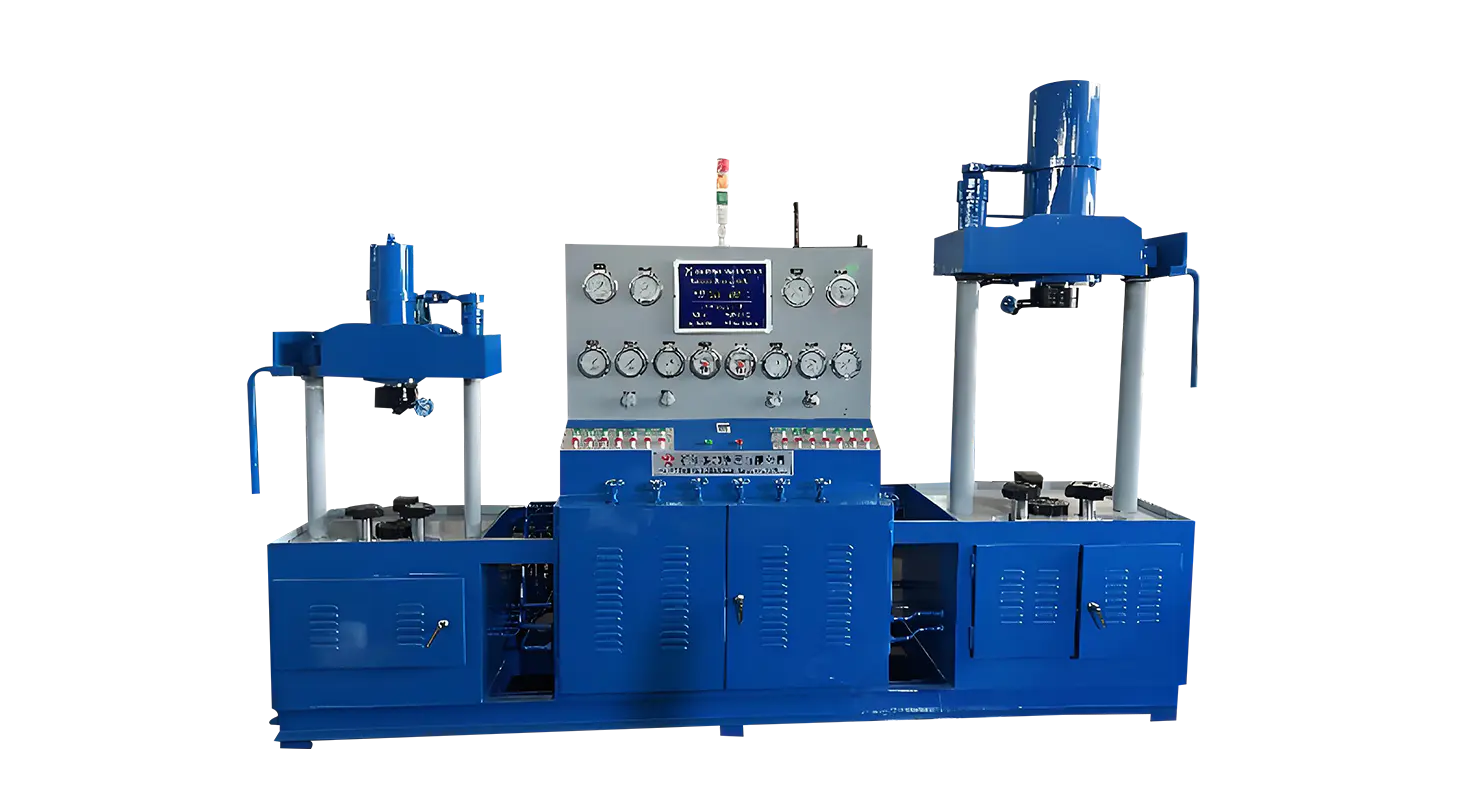Jun 25, 2025
Valve testing is a critical step in ensuring the safety and reliability of industrial systems. Among the various testing methods, the hydro test valve procedure and pressure safety valve testing play important roles in verifying valve performance under operating conditions. Despite careful design and manufacturing, valves can exhibit faults during testing that need to be identified and addressed before they are put into service.

One of the common faults encountered during valve testing is leakage. Leakage can occur at several points, including the valve seat, body, and stem packing. During a hydro test valve procedure, the valve is subjected to high-pressure water to check for any leakage or structural weaknesses. If water leaks through the valve seat, it indicates that the sealing surfaces are not properly mating, which can compromise the valve’s ability to shut off fluid flow effectively. Stem packing leakage, on the other hand, may suggest worn or improperly installed packing material, pilot to potential safety hazards in pressurized systems.
Another fault frequently found during valve testing is valve body deformation or cracking. During the hydro test valve process, pressure is applied to the valve to simulate real working conditions. If the valve body is unable to withstand this pressure, it may show signs of deformation or develop cracks. These issues often arise due to material defects, improper casting, or inadequate wall thickness. Detecting such faults early in the testing phase helps prevent catastrophic failure during operation.
Pressure safety valve testing is designed to verify that safety valves will open at a preset pressure to protect equipment and personnel from overpressure situations. A common fault found during this type of testing is failure to open at the specified set pressure. This can be caused by incorrect calibration, spring fatigue, or corrosion within the valve mechanism. When a pressure safety valve does not operate as expected, it can result in dangerous pressure buildup in the system, posing serious safety risks.
In addition to failing to open, pressure safety valves may also exhibit premature opening during testing. Premature opening means the valve activates at a pressure lower than the intended setpoint. This fault can advance to unnecessary system downtime and reduce overall operational efficiency. Causes of premature opening include contamination within the valve seat area or damaged spring components.
Another common issue during valve testing is irregular valve operation or sticking. Valves that do not open or close smoothly can cause pressure surges or insufficient flow control. This problem is often noticed during the hydro test valve stage when operators manually cycle the valve or when automated systems monitor valve performance. Sticking valves can result from debris trapped inside the valve, corrosion, or mechanical wear of internal components.
Valve seat damage is also frequently detected during testing. The valve seat must provide a reliable seal to prevent leakage, but repeated opening and closing, as well as exposure to abrasive fluids, can cause wear and erosion. In pressure safety valve testing, seat damage can advance to an incomplete seal, resulting in leakage even when the valve is closed. Repair or replacement of the valve seat is necessary to restore proper function.
Calibration errors represent another fault category found during valve testing. For pressure safety valve testing, it is critical that the valve is calibrated to open at a specific pressure. Errors in calibration can occur due to improper adjustment or mechanical faults in the spring or lever mechanisms. Calibration issues can only be detected through precise testing and verification.
Corrosion and material degradation also contribute to valve faults observed during testing. Valves operating in harsh environments with corrosive fluids or bad temperatures are more susceptible to these issues. Corrosion can weaken valve bodies, damage sealing surfaces, and impair mechanical components, which may be revealed during hydro test valve procedures or pressure safety valve testing.
Valve actuator malfunctions can also cause problems during valve testing. The actuator is responsible for moving the valve to open or close positions. Faulty actuators may advance to delayed responses, incomplete valve travel, or failure to operate entirely. During valve testing, verifying the correct function of actuators ensures reliable valve operation in the field.
To reduce the occurrence of these common faults, regular maintenance and thorough inspection before testing are essential. Proper cleaning, lubrication, and replacement of worn components can improve test outcomes. Additionally, using accurate testing equipment and following standardized procedures helps identify faults early and ensures valves meet safety and performance requirements.
In summary, valve testing, including hydro test valve procedures and pressure safety valve testing, plays a vital role in identifying faults such as leakage, body deformation, calibration errors, and actuator malfunctions. Detecting these faults before installation helps maintain system safety, prevent operational failures, and extend the service life of valves. Addressing these issues promptly during testing contributes to more reliable industrial processes and safer working environments.